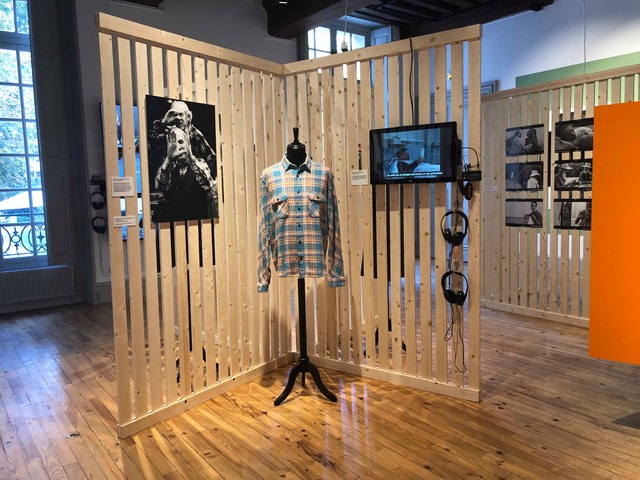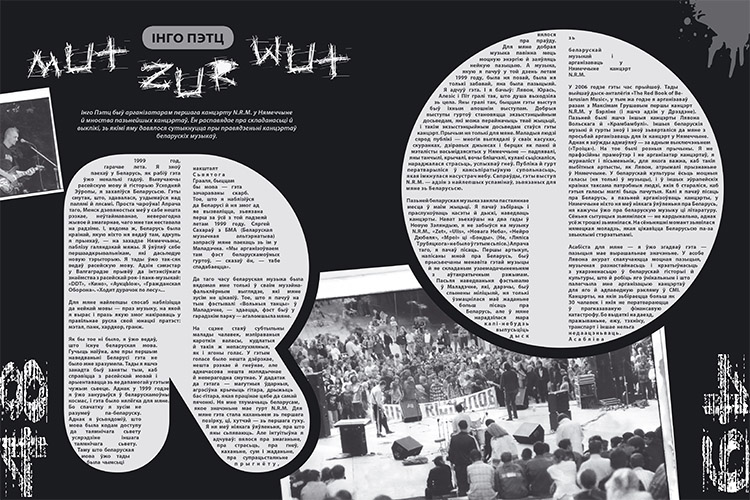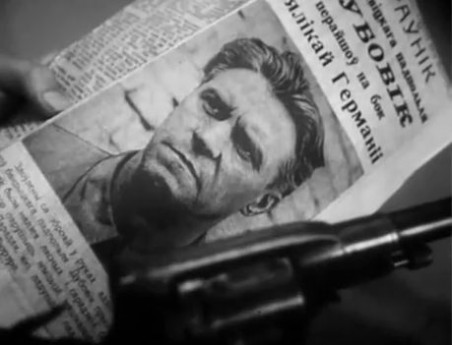
The Eastern Corridor. Belarusfilm \ 1966
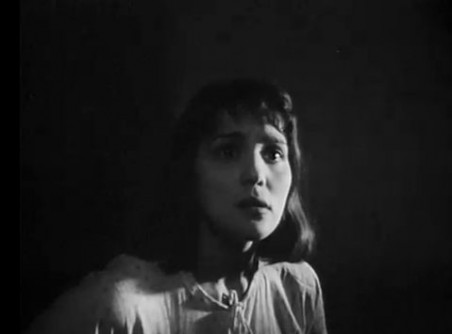
The Eastern Corridor. Belarusfilm \ 1966
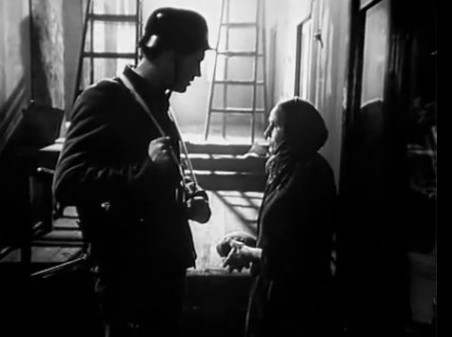
The Eastern Corridor. Belarusfilm \ 1966
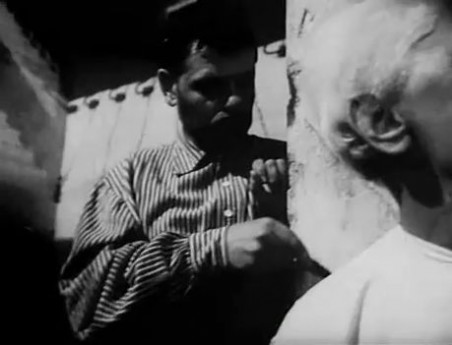
The Eastern Corridor. Belarusfilm \ 1966
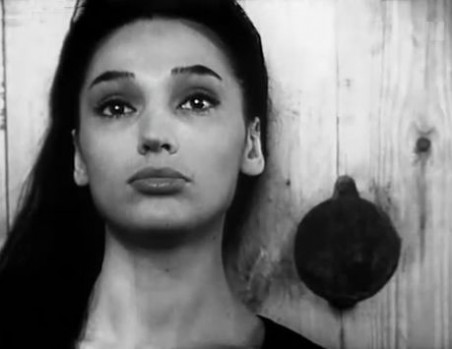
The Eastern Corridor. Belarusfilm \ 1966
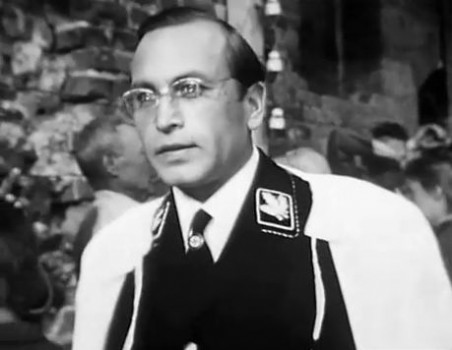
The Eastern Corridor. Belarusfilm \ 1966
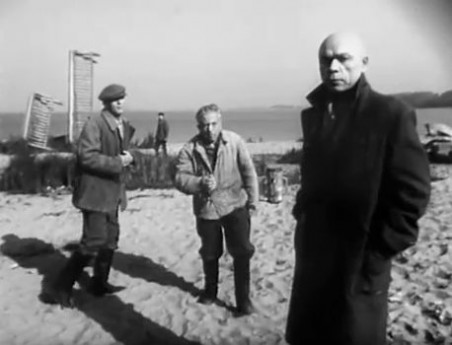
The Eastern Corridor. Belarusfilm \ 1966
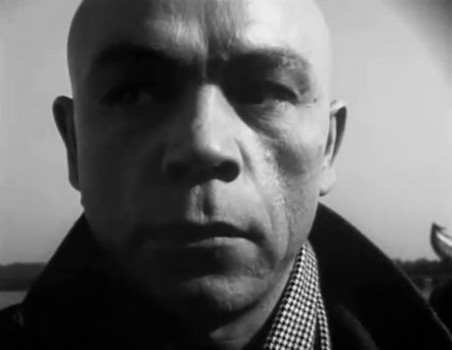
The Eastern Corridor. Belarusfilm \ 1966
Archive! pARTisan #19’2012
1.
Jury Taryć’s universal language, Rybarau’s tough style, early Turau’s water colours, Rubinćyk’s paradoxes, Valancin Vinahradau’s visualisations… They make Belarusian film industry something more than just a grey school notebook, or ‘Partisanfilm’, or rosy-cheeked men wearing moustaches and straw hats from the Belarusian Television.
2.
The Eastern Corridor. Belarusfilm. 1966.
It was an outstanding event in the Belarusian film making. It was an unusual, bizarre and eclectic film. It was a centaur of a film. It was a film on the margin of the tradition. ‘The Belarusian film industry has never seen another work which would so manifestly express concepts that are totally alien to our vision of history… It is a vivid example of what a blind pursuit of fashion, not only in the formal aspects, but also in interpretations, can lead to…’
‘Of all the films presented at the festival in Kishinev, only The Eastern Corridor was unanimously recognised as anti-artistic and discarded by the panel from films to be discussed…’
‘Aesthetical and ethical cynicism…’ This was what some of the critics said. Aleh Kavalau, on the contrary, wrote in 1997, ‘It is a unique picture, but completely forgotten, known only to experts. Unfortunately, this pioneering film did not lay the foundations for a national cinematographic tradition of its genre… The Eastern Corridor shows life under the Nazi occupation as a boggy and dreary nightmare, akin to Kafka, where both victims and killers are choking…’
‘The extermination of Jews… would be stronger than Coppola’s attack to Wagner’s music, and the episode in which prisoners of the concentration camp are being taken toGermanyis worth Schindler’s List,’ said Alexander Vereshchyagin, cinematographic artist.
3.
No other Belarusian film has ever got such contradictory and mutually exclusive opinions. However, without Valancin Vinahradau, the scene of Belarusian cinematography would be deserted and lonely.
4.
The 1960s were a time of poetical romanticism, a worldwide cinematographic boom and search for a new film language. Vinahradau’s brilliant and contradictory works reflected the tendencies of the time perhaps even more vividly than those by better known directors.
5.
Vinahradau is a poet with purely poetic energy, an avalanche of images, rhythms and all kinds of associations. He created his own world of unique and exceptional beauty, full of a complex mixture of metaphors and mythological images. He possesses the highest form of symphonic musicality, which in film production echoes with a ‘cyclic’ form, where such themes as the limit of human abilities, a change of consciousness, a subconscious human fear of the surrounding world and an individual who does not fit into society are found over and over again.
6.
The script of The Eastern Corridor was written by the director himself (in collaboration with A. Kućar), based on documents from the KGB Archives concerning human relations in the Minsk underground.
‘It is a film about people who condemned themselves to a life in a ‘closed well’ in order to survive,’ said Vinahradau. ‘They were suspicious of each other and, fearing agents provocateur, avoided contacts. They were unable to comprehend what was happening… There was a change of consciousness, when the truth and lies were mixed up.’
7.
For the generation of the 1960s the war was an all-important subject, for it revealed human nature in extreme situations. Vinahradau’s works are in line with the philosophy of existentialism. He attempted to tell the truth about the war, showing human tragedies the secret documents had unveiled. This was unusual and contradicted the conventional version of the war. Everything is shifted, there is not good and bad, no friend and enemy. The enemy is invisible and dissolved. It is a kind of violence an individual feels and longs for.
The director said he had wanted to draw attention to violence with all its horrible subtleties that were used against humans. People were taken hostages by the circumstances.
8.
Extreme situations reveal hidden sides of human nature. There is suddenly something beastly in a man overpowered by fear and feeling his absolute power and impunity. It is intoxicating. Intoxicated by vodka and power, ordinary young guys, without any sadistic inclinations or mental pathologies, are playing what they see as a beautiful game, but in fact terrible things are happening. The characters in The Eastern Corridor do not know their killer and will never know, never understand, because they only see each other. They are hostages of war.
9.
The film is like a closed circuit of images and ideas. All the situations are taken to the extreme, to their maximal expressivity, where they achieve such a degree of generalisation that the action could be transferred to any time, any country and any totalitarian system. The film has really striking details.
The killer (prison commander) and the victim (an artist incarcerated there) both put on aprons before doing some clay modelling, but the former due to his ignorance puts it on the wrong side.
10.
The ‘heroes’ run away, trying to escape this nightmare, but they inevitably fall into traps, skilfully set everywhere, and once they get out of a trap they walk into another, even more sophisticated and horrifying. The emotional impact of the film reaches the heights of Dario Argento, but Vinahradau always remains very accurate and cinematographically subtle.
11.
Vinahradau works like a true expressionist, emotions are at the core of his films and ‘expressivity’ is his favourite word. His characters always find themselves in extreme (existential) circumstances.
Expressionism is always in conflict with cold reason, constructs, schemata and soulless concepts. Vinahradau is easily carried away, which accounts for some excessiveness in his method and some episodes dominating the others. To him, dynamics is more important than the result. He would hate to repeat himself. Each one of his films has its own language and he managed to avoid the trap of making his works appear more aesthetically attractive, the trap that all artists are apt to walk into.
12.
In the early 1960s Valancin Vinahradau said that Belarusfilm should have its own individual face and stand out among other studios. A Muscovite by birth, he even aired a seditious idea that Belarus had had its own specific path in history and
was a place where ‘so many nations had been intermingled,’ marked by ‘linguistic and religious diversity… and closer toEurope.’
Valancin Vinahradau’s works and experiments (sadly enough, underestimated and forgotten by critics, particularly modern ones) are one of the springs that can make a powerful river of national art when they flow together. He is one of the cornerstones for the future of Belarusian cinematography, with its own language and modern, original and unique style.
Andrej Kudzinienka
Translated by Sviatłana Sous
P. S. In 1999 г. Andrej Kudzinienka edited a visual symphony of archival footages and Vinahradau’s films under the title Valancin Vinahradau’s Dreams. It received an enthusiastic welcome and was awarded a number of prizes at international film festivals.
The Taste of Life is another title of The Eastern Corridor.
Photos © kino-teatr.ru
Views expressed are those of the authors and may not reflect opinion of the editors. If you note any error, please contact us right away.
Uses of visual materials are permitted and prohibited by the Copyright Act.





